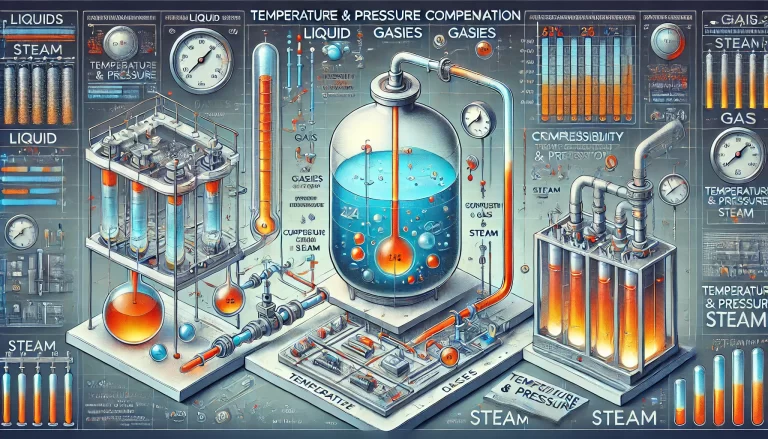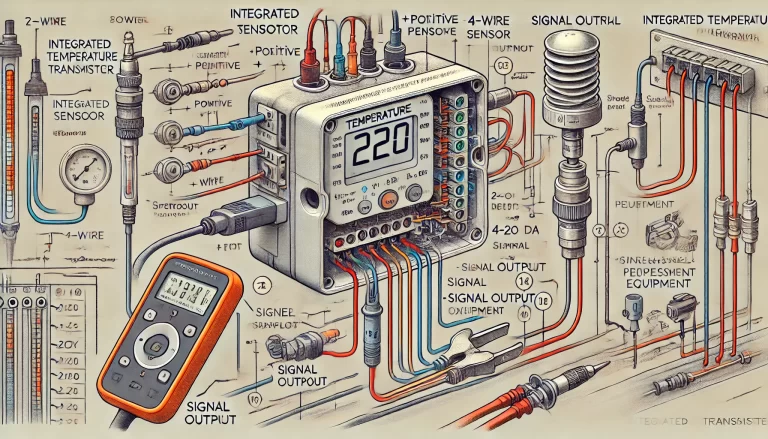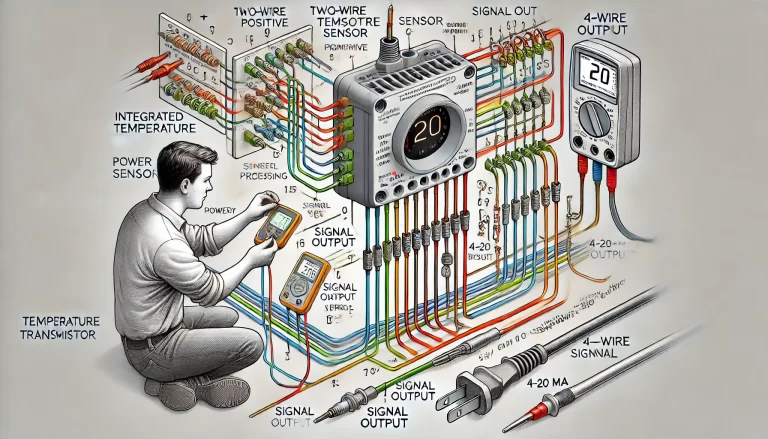During the operation of transmitters, zero drift and temperature drift are common issues that affect their measurement accuracy. But what exactly causes these drifts, and how can they be addressed? Let’s explore.

Causes of Zero Drift and Temperature Drift in Transmitters
Intrinsic Component Asymmetry: The components used in the transmitter’s bridge circuit may have inherent asymmetries in their parameters. These differences in sensitivity lead to unequal responses when temperature changes occur, resulting in drift.
Differences in Material Properties: The elastic elements and strain gauge materials in the transmitter have different temperature coefficients and thermal expansion properties. When combined in the bridge circuit, these discrepancies cause uneven changes in resistance across adjacent arms of the circuit as temperatures fluctuate, which leads to zero drift. This is often seen as an imbalance in the bridge output, causing deviations from the correct readings.
Temperature-Induced Imbalance: As temperatures change, the resistance of each arm in the bridge circuit changes at different rates, producing an output imbalance known as zero drift. Additionally, temperature drift occurs when changes in temperature affect the stability of the zero point, making it difficult to maintain consistent readings.
From the above, it is clear that temperature is the primary and most challenging factor contributing to drift in transmitters.

How to Solve the Drift Problem in Transmitters
There are two main approaches to solving drift in transmitters: hardware solutions and software solutions.
Hardware Solutions:
- Fixed Resistor Method: By placing appropriate constant resistors in series or parallel with the bridge arms, it is possible to balance the effects of temperature changes.
- Thermistor Compensation in Bridge Arms: Adding thermistors in the bridge arms helps counteract the temperature-induced variations.
- External Thermistor Compensation: Placing thermistors outside the bridge and connecting them in series or parallel can also provide temperature compensation.
- Dual-Bridge Compensation: Using two bridges to balance the temperature effects across both can significantly reduce drift.
- Transistor Compensation Technology: Incorporating transistor-based circuits into the design helps stabilize the output under varying temperatures.
Software Solutions:
- Software-Based Drift Correction: For digital-output transmitters, software can be used to eliminate drift. Users can program corrections directly into the transmitter’s software or use software-controlled digital display units to adjust readings, making this method particularly convenient.

In summary, drift in transmitters is largely influenced by temperature and material properties, but with a combination of hardware adjustments and software solutions, it can be mitigated effectively.
